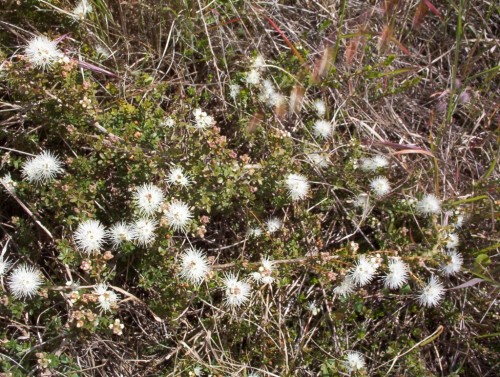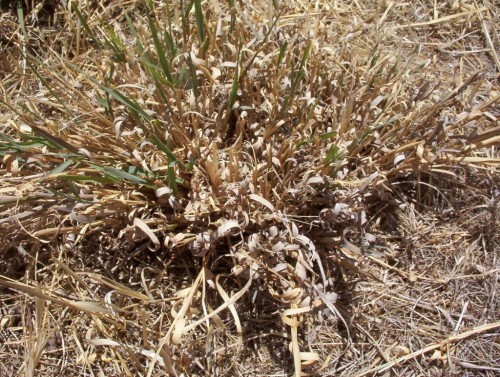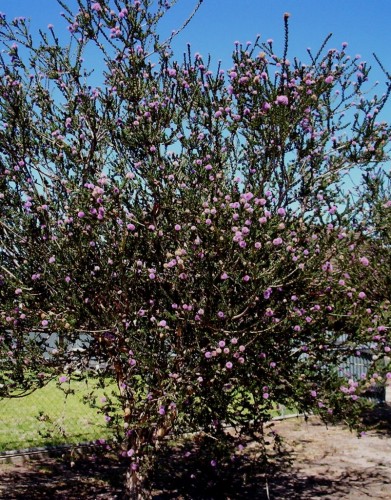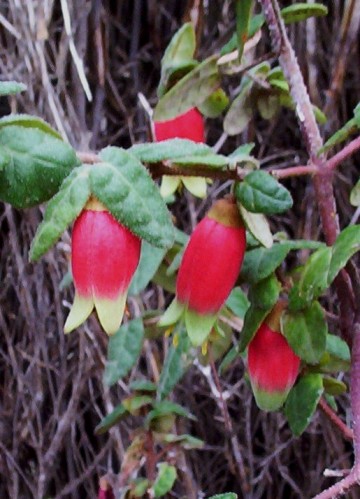Kunzea pomifera (Muntries) As Bush Tucker
A few weeks ago the local green grocer had a plate of Muntries for customers to sample. They had small punnets of the berries (like those in which strawberries are packed and sold) to sell. This is the first time I had seen them in the fresh fruit market. The berries were quite large compared to the ones I had picked out bush. I know some selecting had been done to find plants yielding larger fruits. The problem is that the sweet apple-like flavour was missing completely. I was not impressed with the larger fruit as they had a floury texture.
Why is it that people are content with a loss of flavour for the sake of larger fruit and therefore the economic advantages associated with handling? The same thing has been happening to tomatoes for years. It was certainly doing a diservice to what is a delicious small fruit.
There is another article I have written about Muntries here.
Chloris truncata (Windmill Grass)
After I decided to not water a patch until it became unacceptable as a lawn to test the time between waterings, we had 3.5 mm of rain. This was three and a half weeks between waterings and was almost at the stage of considering it to be in need of a watering. As a general rule I would say that 3 weekly intervals would keep a reasonable greenness about the grass. It is looking a bit tatty at the moment as it hasn’t been trimmed since late spring. We have also had many days above 35C and at least ten days above 40C.
I certainly think it is worth persevering with this grass in low rainfall areas, especially in areas where it occurs naturally.
Melaleuca nesophila (Showy Honeymyrtle)
This very hardy plant reads almost like the perfect plant to grow. Apart from not liking severe frost, it will grow practically anywhere. The information says that it will tolerate salt spray, acid to very alkaline soil and lime. Many Melaleucas will grow in quite damp soils and this is one of them, as well as growing in very dry conditions. It also takes hard cutting and trimming which makes it ideal for wind breaks and hedges. Apart from that it is also a very pretty plant.
More Hardy Correas
The Brisbane Ranges are in Victoria and the Correa named after them is quite hardy. I have still to learn more about the cultivation requirements as I am a bit tentative about leaving it to its own devices.
Correa reflexa (Pink form)
This plant is summer flowering which is a nice change as there are not too many Australian Native plants which flower at this time of the year. Most are finishing around Christmas time. It is under a metre tall and wide and is exposed to full sun light most of the day. It is in a location under mallee trees and where there is some limestone rubble in the soil.




